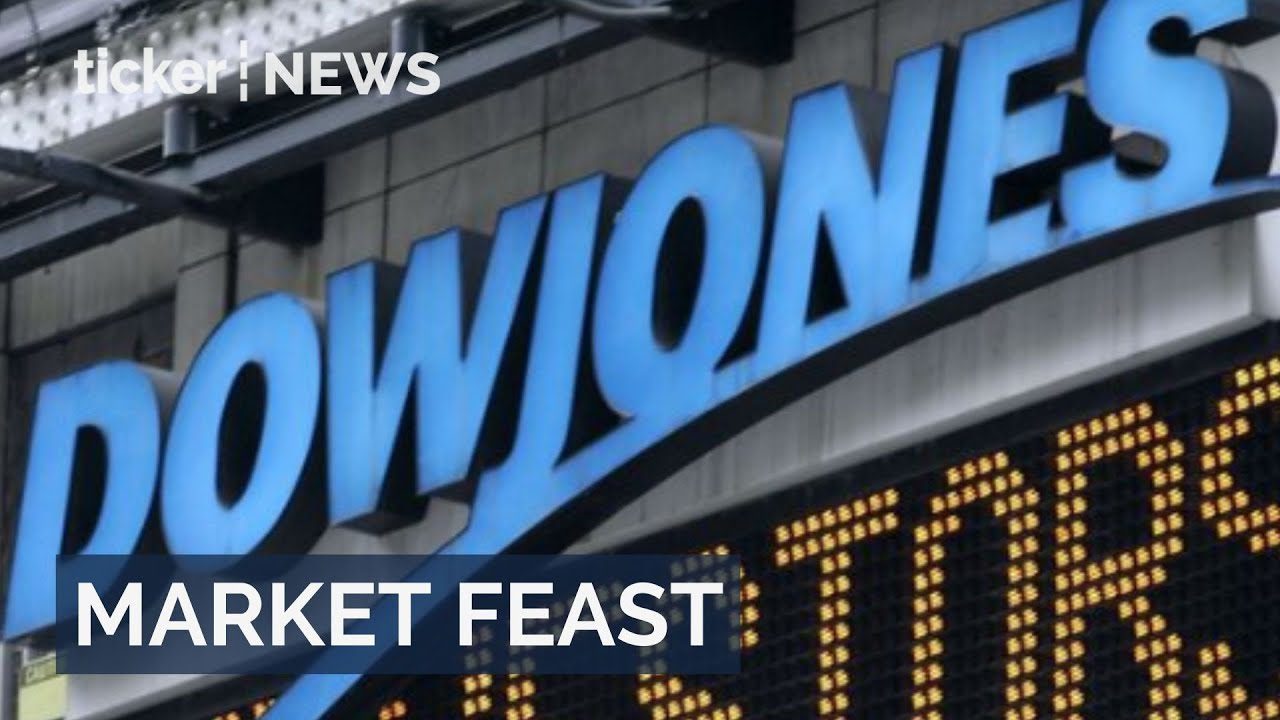Money
Interest rates are still too high in the U.S. more rate hikes possible

Money
Stocks rally ahead of Thanksgiving as markets log four days of gains
Markets gain momentum ahead of Thanksgiving, with the Dow up 388 points and Oracle rising 4% amid investor optimism.
Money
Dow surges 500 points amid rate cut optimism
Dow jumps 569 points on fresh hopes for December rate cut and AI market optimism
Money
Gold prices surge as Central Banks buy big, but risks grow ahead
Gold prices surge as central banks increase demand; risks include a stronger dollar and rising interest rates.
-



 News5 days ago
News5 days agoEU launches antitrust probe into Meta over WhatsApp AI policy
-



 Shows1 day ago
Shows1 day agoBrisbane’s economic growth and innovation drive 2032 goals
-



 News5 days ago
News5 days agoTasmania AFL team confirmed: Macquarie Point stadium legislation passes
-



 Shows2 days ago
Shows2 days agoFusion of East and West: A recipe for success
-



 Shows4 days ago
Shows4 days agoAccessibility gaps in cybersecurity
-



 Leaders4 days ago
Leaders4 days agoExperts question social media ban’s effectiveness for youth
-



 News5 days ago
News5 days agoChina shows unprecedented naval power across East Asia
-



 News2 days ago
News2 days agoChina naval activity raises tensions from Philippines to Galápagos








